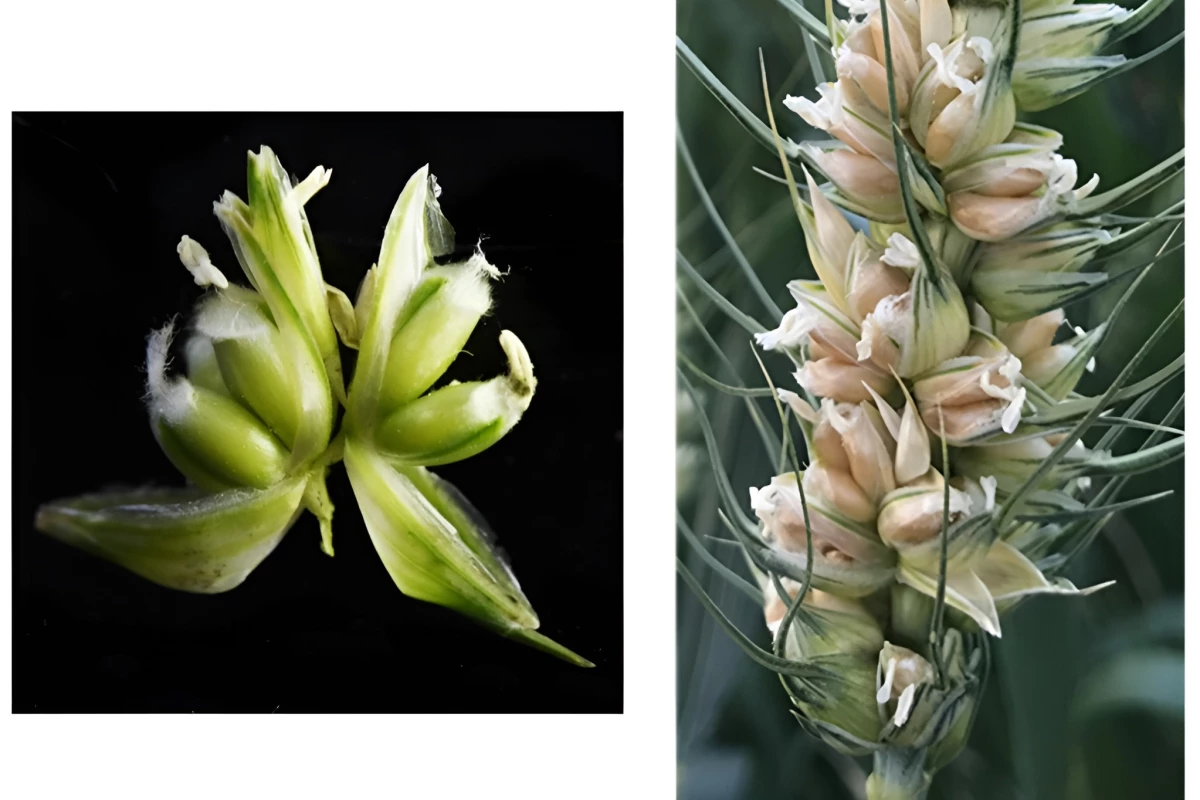Imagine if three times as much grain could be obtained from the same amount of wheat plants as is currently possible, using the same amount of land, water and fertilizer. Well, that could soon be possible, thanks to a new genetic discovery.
Usually, each "floret" in an ordinary wheat plant's seed head produces a single ovary, which in turn produces a single grain. Every once in a while, though, a mutant MOV (multi-ovary) plant occurs, which may have up to three ovaries per floret. So yes, that means each floret can produce as many as three grains, not just one.
Up until recently, however, it wasn't clear what genetic mechanism caused this phenomenon to take place. Now, scientists from the University of Maryland believe they know the answer, and are hoping they can use it to breed higher-yielding wheat crops.
The researchers thoroughly mapped the DNA of MOV wheat and compared it to that of regular bread wheat, searching for any differences. They discovered that a normally dormant gene known as WUSCHEL-D1 (WUS-D1) is "switched on" and active in the MOV wheat.
That gene boosts the development of tissues used in the production of extra female flower parts such as pistils and ovaries. Therefore, if WUS-D1 can be activated in cultivated wheat plants, those plants should start producing more grain.
"Pinpointing the genetic basis of this trait offers a path for breeders to incorporate it into new wheat varieties, potentially increasing the number of grains per spike and overall yield," says Assoc. Prof. Vijay Tiwari, co-author of the study. "By employing a gene editing toolkit, we can now focus on further improving this trait for enhancing wheat yield."
The research is described in a paper that was recently published in the journal Proceedings of the National Academy of Sciences.
Source: University of Maryland




